A reminder of the many skills and strengths of our feathered friends this World Migratory Bird Day!
Around 20% of all bird species migrate annually to warmer areas in search of the best habitats for feeding, breeding, and raising their young.
India is one such hotspot for these winged animals. As summer approaches, various bird species embark on their incredible journey from different parts of the world to their breeding grounds in India. Their journey, however, is no easy feat. Combining a set of different skills to reach their destination, birds truly deserve appreciation for all the hard work they put into their migration journeys — and that’s exactly what we’re doing this World Migratory Bird Day!
Let’s take a moment to learn about some of the ways this phenomenon of bird migration fascinates and amazes us!
1. They get help from the Sun, the stars, and the Earth
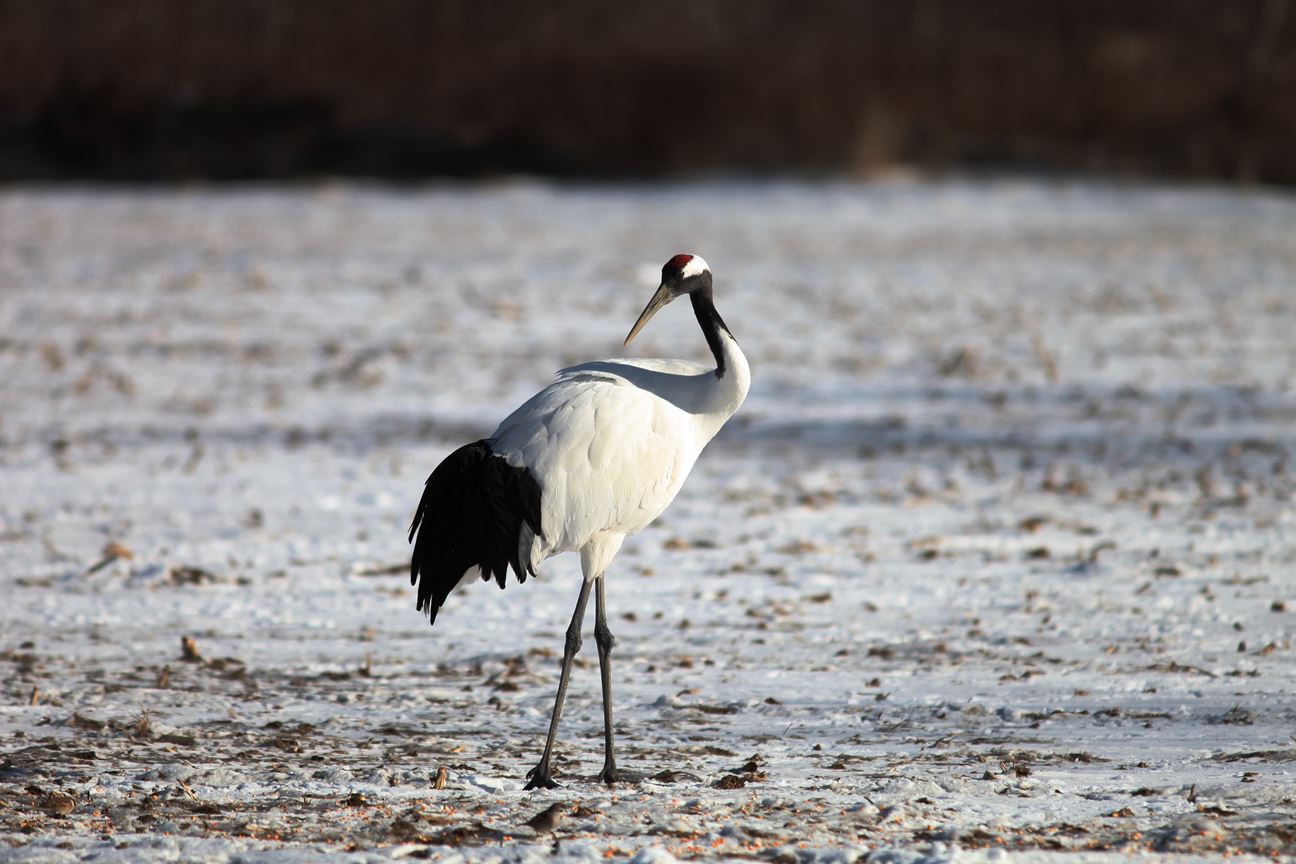
Main character alert! Migration season is a chance for the birds to become one with the world, as nature itself comes to their aid! They are able to navigate thanks to cues from the position of the sun and the stars, the Earth’s magnetic field, and even polarized light patterns in the sky! Studies have shown that migratory birds use a combination of these cues to orient themselves during their long journeys.
2. They fly, fly, and fly again
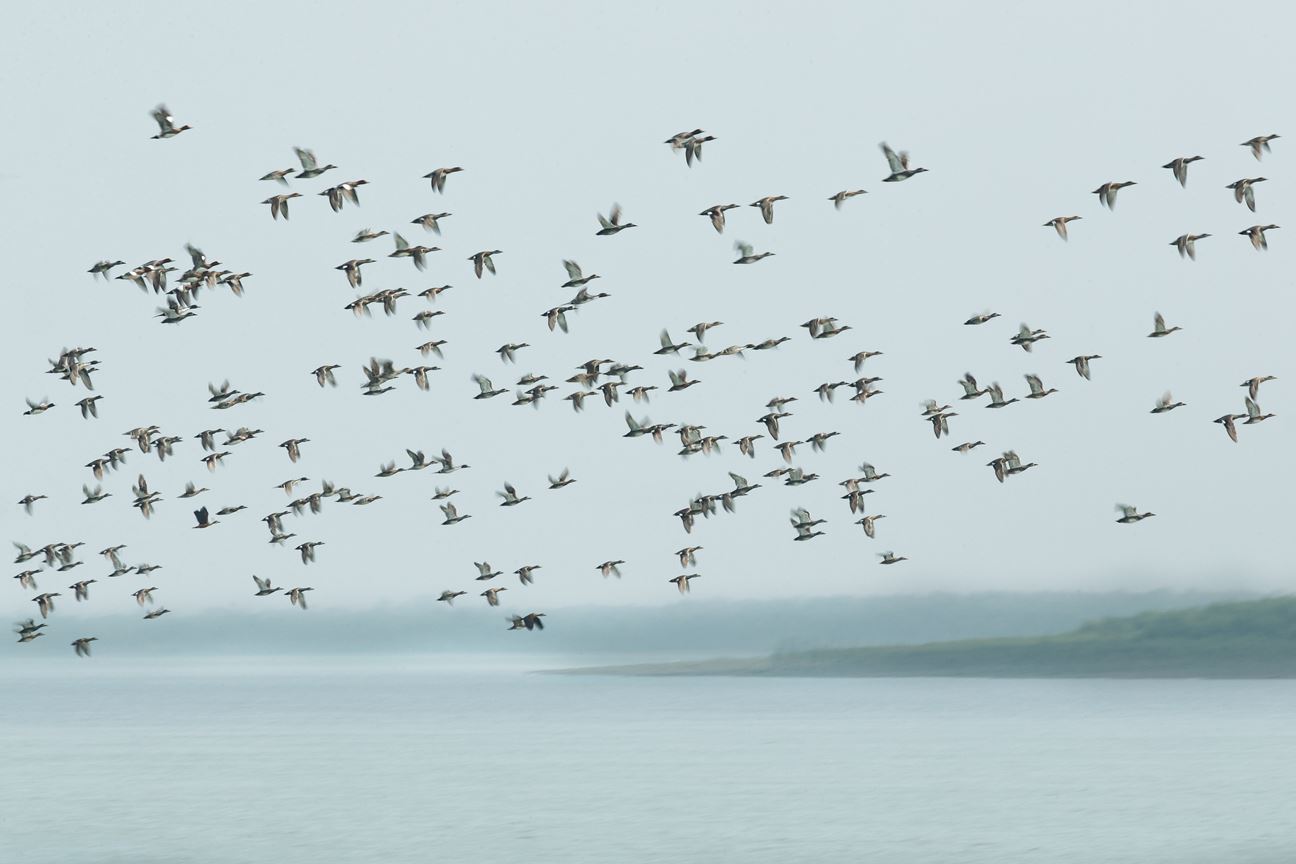
If you woke up with wings one day, would you ever stop flying?
Some birds take zero breaks while migrating, flying non-stop for days at a time and covering incredible distances in one go.
For example, the black-tailed godwit, a bird that breeds in Alaska and migrates to New Zealand, flies non-stop for up to nine days, covering over 7,000 miles.
3. They have the best internal compass ever
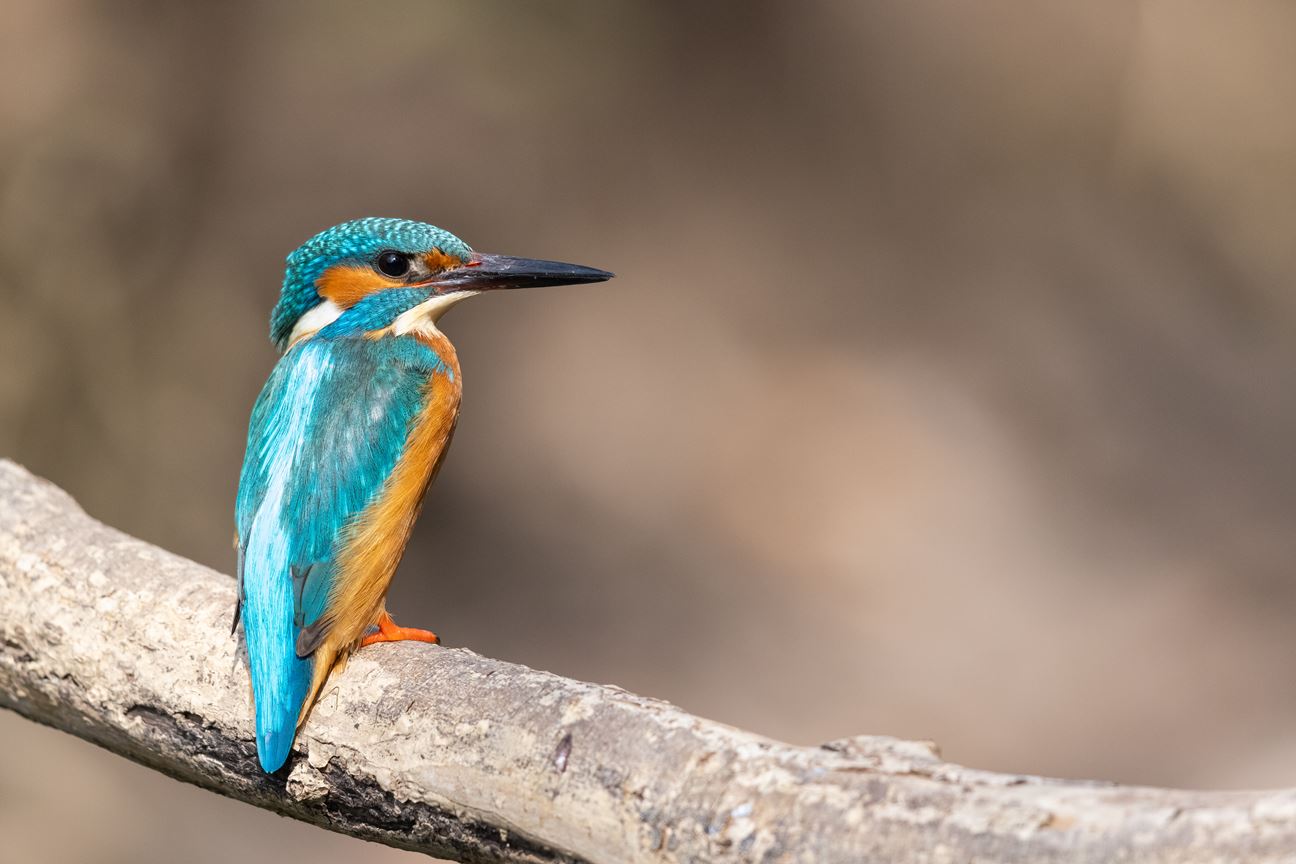
Many migratory birds use the same routes year after year, following well-established pathways known as flyways. These flyways often follow the coastlines, mountain ranges, and river valleys, and are used by millions of birds each year.
4. They are the weathermen of the wild
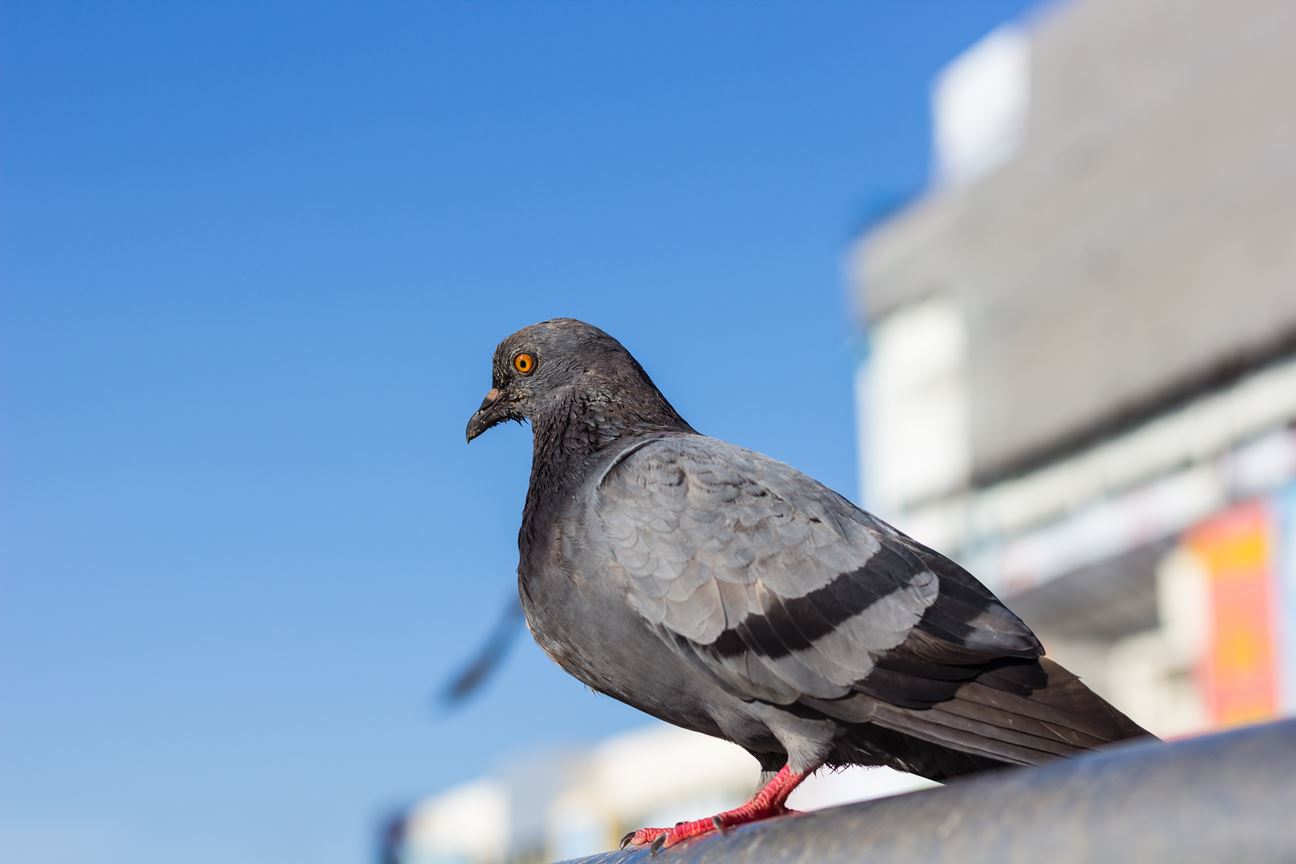
Birds are able to sense changes in weather patterns and will adjust their migration accordingly. For example, they may delay their departure or alter their route to avoid adverse weather conditions.
5. They have a nose for directions
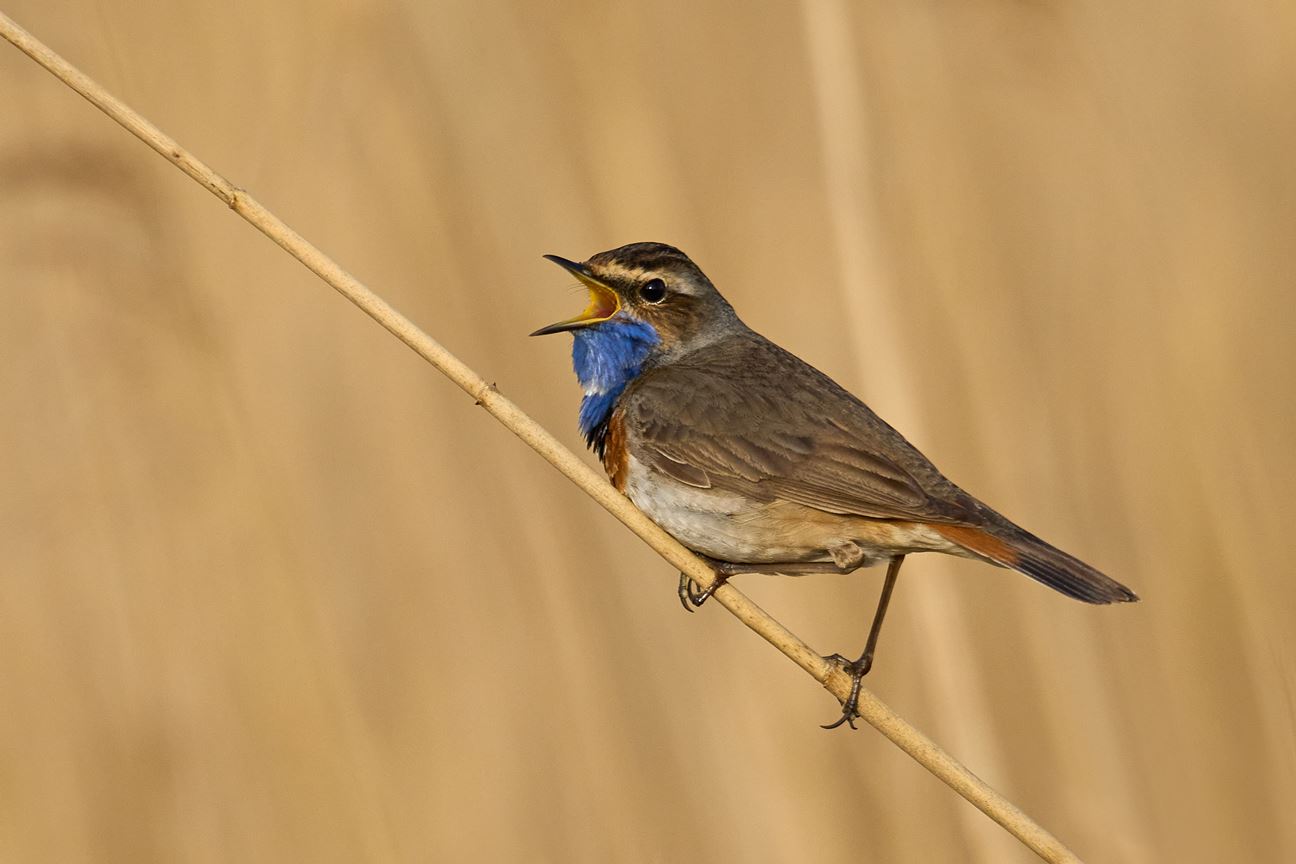
Recent studies have suggested that some birds may also navigate using their sense of smell. For example, homing pigeons are able to detect minute amounts of odor molecules in the air, which helps them find their way home.
6. They stock up on energy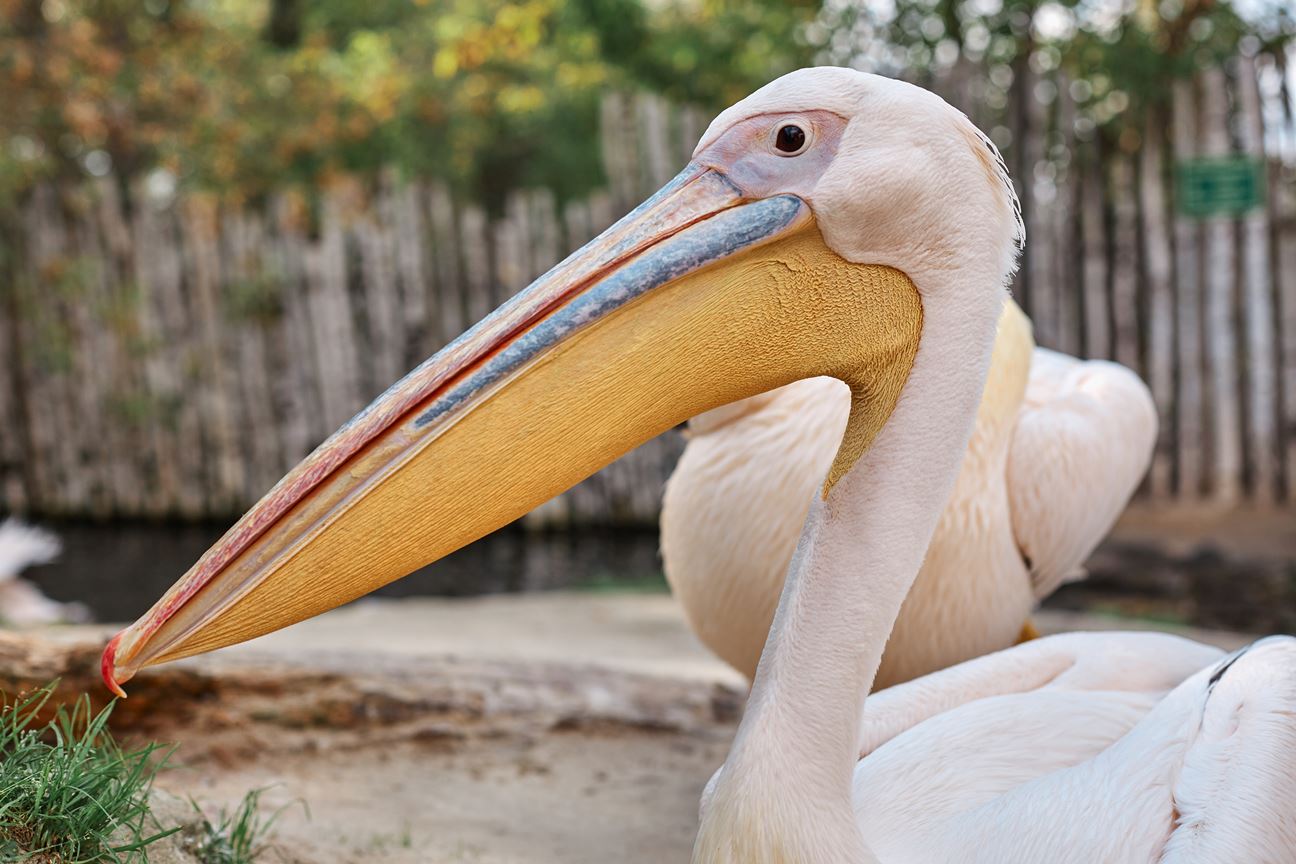
To cope with the immense physical demands of migration, birds enter a state called hyperphagia, during which they consume large quantities of food to store energy in the form of fat. Some birds, like the Blackpoll Warbler, almost double their body weight before embarking on their non-stop flight of 2,300 miles, which takes them 86 hours to complete. This fat reserve serves as a crucial energy source during the long and arduous journey, enabling birds to overcome the numerous challenges they face during migration.
Top Birdwatching Locations for Summer Migrants in India
India boasts numerous birdwatching hotspots, where enthusiasts can observe and appreciate the diverse array of migratory birds that visit the country during the summer months. Some of the top birdwatching locations in India include the Bharatpur Bird Sanctuary in Rajasthan, the Chilika Lake in Odisha, and the Ranganathittu Bird Sanctuary in Karnataka.
The summer bird migrations in India offer a unique opportunity to witness the incredible journeys of these remarkable avian species. As we learn more about the fascinating world of bird migration and the challenges these feathered travelers face, we are reminded of the importance of conserving their habitats and ensuring their survival for future generations. By appreciating and protecting these natural wonders, we can continue to enjoy the captivating spectacle of bird migration in India for years to come.
Happy World Migratory Bird Day!